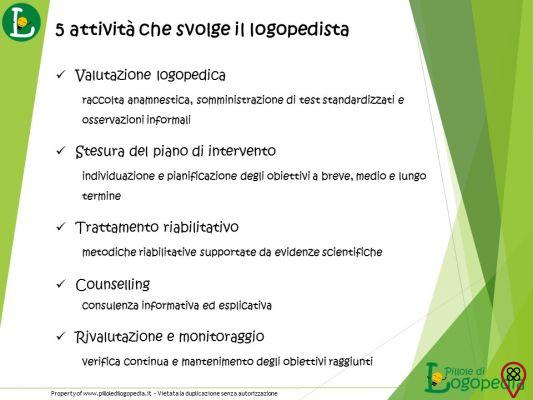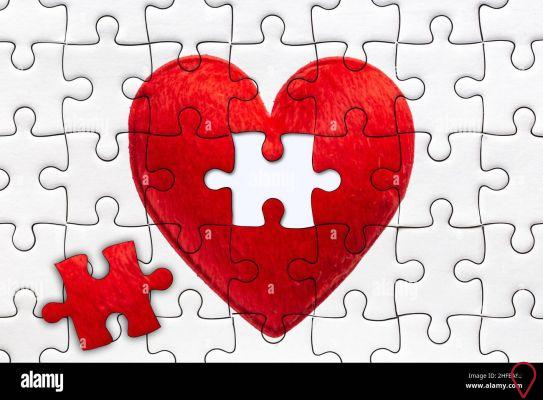Imagine looking into the eyes of the person you love the most and recognizing absolutely nothing in their features. This is how it is with people who have a condition called prosopagnosia, also known as face blindness.
To explain everything about this rare disease, as well as its causes and symptoms, we have prepared this article. Check out all the information and add more of that knowledge to the information you already have!
What is prosopagnosia?
Prosopagnosia is a disease whose main characteristic is the inability to fully or partially recognize one's own face or the faces of familiar people, regardless of the degree of relationship, intimacy and proximity.
Among the problems derived from prosopagnosia are the difficulty of social interaction, because this person finds it difficult to recognize acquaintances, and psychological problems such as anxiety disorder, for fear of interactions.
Causes of prosopagnosia
Congenital (or developmental) prosopagnosia
A good part of the cases of this disease are of people who had problems during childbirth, at birth, such as cardiorespiratory arrest, among other neurological problems. But people of all ages can develop the problem. So you always have to be on the lookout for it.
This type of prosopagnosia can also affect people who have family members with face blindness problems.
Acquired prosopagnosia
Among the causes of prosopagnosia we can include trauma and stroke, as well as neuropsychiatric conditions, such as Alzheimer's disease - it is even common that, as this disease progresses, the person who suffers from it has more and more difficulty recognizing family members and friends.

In addition, other problems, such as depression, schizophrenia, and child development disorders such as autism or Asperger's syndrome, can cause prosopagnosia.
Symptoms of prosopagnosia
The symptoms of prosopagnosia are varied and depend on the degree of the disease and what is the cause of it. But the main ones are the following:
- Inability to recognize facial features, even in photos and videos;
- Problem and difficulty in recognizing acquaintances, especially if the meeting is unexpected;
- Lack of ability to describe the features of someone's face;
- Feeling of looking at a strange person when looking in the mirror;
- Tendency to avoid eye contact, because of the feeling of always talking to strangers;
- Difficulty distinguishing people who are dressed alike or the same, such as a uniform;
- Difficulty watching soap operas, movies, series and other programming, for not recognizing people's faces;
- Feeling of being “lost” in environments with many people.
Is there a cure for prosopagnosia?
The answer to this question is quite individual and depends on each person's condition. Some manage to overcome the problem, others learn to deal with it, among other possible ways of dealing with prosopagnosia.
Ideally, treatment should be guided by a neurologist or neuropsychologist, with the initial aim of developing with the person affected by this problem a way to identify people in another way, one that does not depend exclusively on facial features.
You may also like
- 10 Diseases Affecting the Mind You Need to Know About!
- Learn how to lower your risk of Alzheimer's with these tips
- Rare genetic diseases that need to be better known
In addition, psychiatric and/or psychotherapeutic follow-up is essential to deal with the consequences of prosopagnosia, such as depression, anxiety disorder, difficulty in establishing and creating bonds, among other problems in interactions.
How to deal with childhood prosopagnosia
When the problem is detected in the infantile stage, it is almost a consensus among neurologists that it is possible to adopt some measures that can help the child to continue its development and reduce the impacts of the disease.
Of course, these actions must all be guided by the doctor who follows the child's case, but some measures include:
- Spread photos of the closest friends and family (few people, the ones with the most contact), to help the child identify the people with whom he interacts the most;
- Ask people, even in the school environment, to identify themselves when approaching the child, especially when parents are not around to help with identification;
- If possible, ask teachers to always wear or take a personal object with them, such as glasses, watches, earrings, among other accessories that facilitate identification;
- Include the child in extracurricular activities that allow him to interact with other children and develop his own methods for recognizing people, such as through voices and other characteristics.
Finally, despite being a rare disease (between 1% and 2% of the world's population lives with it), prosopagnosia can greatly impair social interactions and a person's development. That's why it's essential to seek treatment and medical help!

























